Kestrels hovering over our countryside and road verges were once a common sight. However, since the late 20th Century, kestrel populations across the UK have been in decline, in some areas like here in the South-East, the decline has been significant. This has led to the kestrel gaining an unfavourable place on the amber list of conservation concern in the UK. The reasons for the decline are mainly habitat loss, decreasing prey populations and a lack of nest sites.
New residents at Lemsford Springs
Kestrel chicks © Barry Trevis
Lemsford Springs Nature Reserve
This year, one of the nest boxes at Lemsford Springs became home to a pair of kestrels. A few weeks after their arrival, the two kestrels are now a family of six. Over the past weeks, the hard-working parents have had their work cut out to feed four hungry mouths!
Follow the kestrels' story below.
Special thanks to photographer Peter Finney (photographer) and Lemsford's Volunteer Warden Barry Trevis. Barry and Peter followed the kestrels closely over several weeks and kindly supplied us with these photos and videos as well as regular updates about the kestrels' wellbeing.
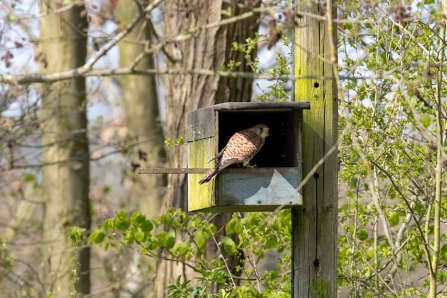
Inspecting the new residence © Peter Finney
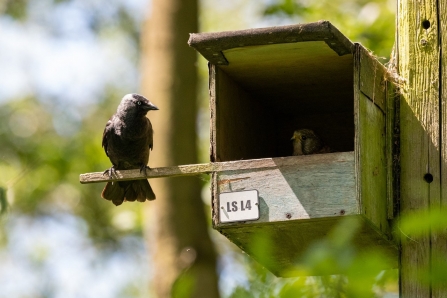
The new neighbours seem a bit nosy - and noisy! © Peter Finney
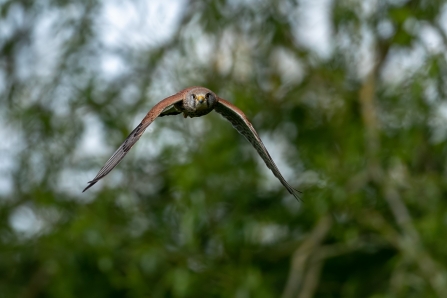
The male is on hand to help rear the young © Peter Finney
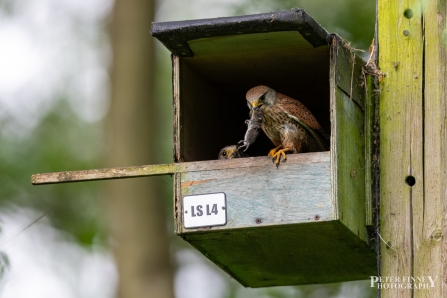
He provides food while she is incubating the eggs © Peter Finney
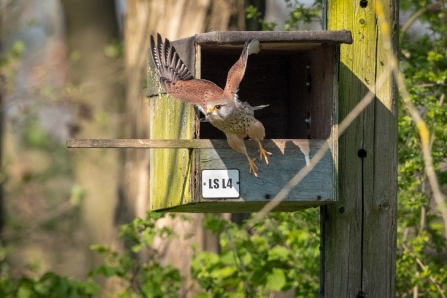
More voles for the hungry mum-to-be! © Peter Finney
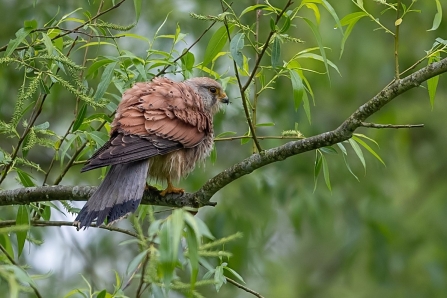
Looking after a family is hard work © Peter Finney
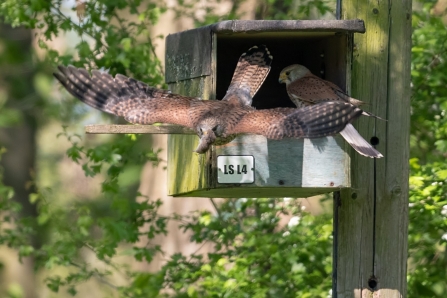
She devours the voles he brings her in a nearby tree. © Peter Finney
Four healthy chicks have hatched! © Barry Trevis
More work for the parents as the chicks are growing up © Barry Trevis
The chicks are in moult growing their juvenile plumage © Barry Trevis
Getting ready to fledge the nest! © Barry Trevis
Off you go, little ones! © Barry Trevis



